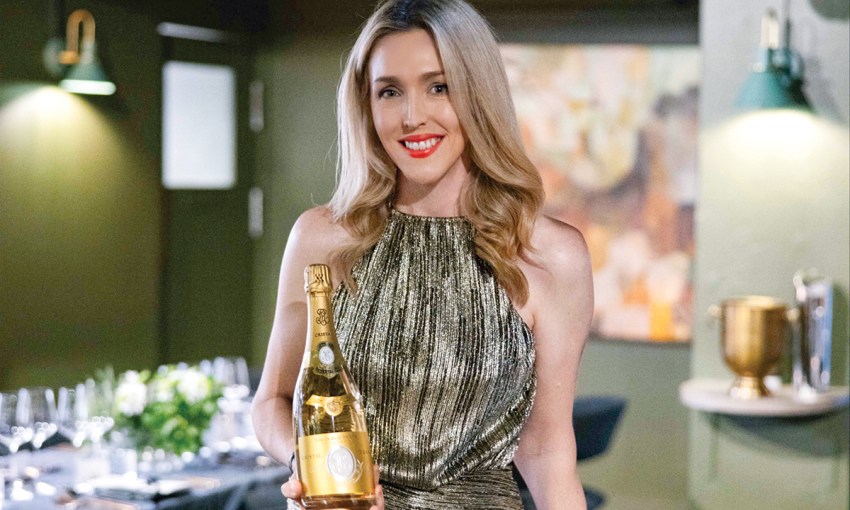From summers in Reims sipping rare cuvees and to harvests spent eating lunches comprising recipes handed down through generations, to trips to the greatest Maisons and finest domaines enjoying intimate visits and gastronomic affairs, Sara Underdown’s love of Champagne has given her a life to savour.
Living your best Champagne life
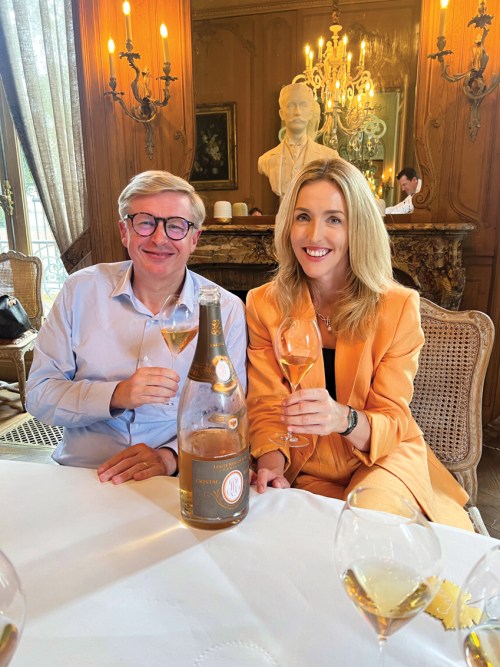
I don’t quite remember the first glass of Champagne I ever had, even though they say you will never forget it. But it was most likely Moët et Chandon or Veuve Clicquot for no other reason than it was the one someone handed to me.
Wine wasn’t exactly running through my blood. I grew up in Queensland, on the Gold Coast, so my early memories were fuelled by cheap sauvignon blanc from New Zealand, shared between budget-conscious university friends.
In fact, I never had much of an appetite for it until I moved to Adelaide in 2009. It’s fair to say I was wine illiterate, which felt even more so when compared with the locals – who always seemed to have a remarkably high wine-IQ. But it was the beauty of being so close to South Australia’s dazzling wine regions that lured me into a life of food and wine that would eventually lead to Champagne – both the region and the wine.
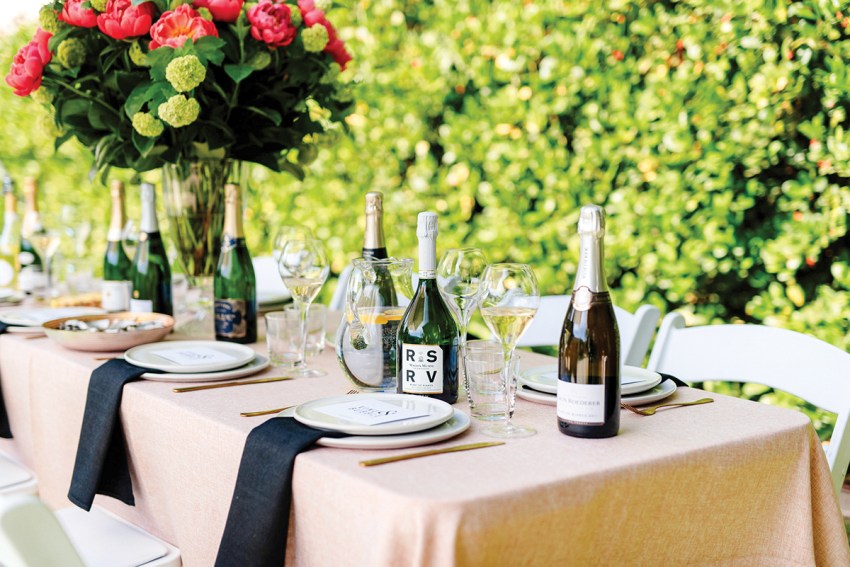
My nascent palate craved more each time I tasted, not only for the sensory, but for knowledge of provenance and people. Each bottle represented a window into time and place, which is what makes wine so magical.
My sliding doors moment came during a trip to Europe in 2011. A three-day adjunct from Paris to Champagne and things snapped into focus for me. Champagne – that otherworldly wine with its hypnotic bubbles, heady aromatics and je ne sais quoi – was much more diverse and complex than I had ever imagined … and there was nothing like it. But beyond the bubbles that scaled the length of every glass, there was something more that captured my heart. The coolest of wine producing climates and chalkiest of lands was unique to the region of Champagne, contributing unparalleled concentration, freshness, salinity and finesse. Today, the region’s legacy is forever enshrined by their UNESCO world heritage-listed crayères, essentially chalk mines with cathedral-like ceilings, once excavated by engineering Romans harking back to the fourth century.
Ruinart, Taittinger, Charles Heidsieck, Veuve Cliquot, Pommery and Martel are all custodians of these incredible chalk super-structures that house millions of Champagne bottles, in perfectly cool and humid conditions, during unhurried years of maturation. I have visited most of them, but Taittinger’s prestige, Comtes de Champagne, which is a personal favourite of mine, is particularly special because it finds its natural resting place under the beautiful remains of the 13th century Saint-Nicaise Abbey.
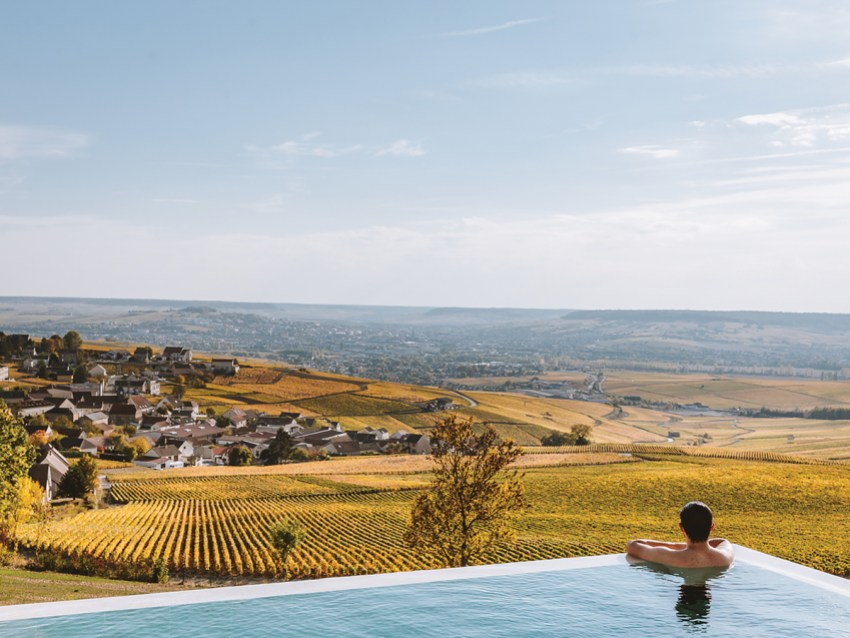
A year later, in 2012, during my second visit to Champagne, a chance meeting during harvest with Louis Roederer’s chef de caves, Jean-Baptiste Lécaillon, became another pivotal moment. I was a relative nobody and simply another person with a love for Champagne, but Jean-Baptiste must have seen something in me that others didn’t.
For more than a decade I have been the recipient of his generosity of time and mentorship, as well as opportunities, that I am convinced would not have existed otherwise. With Jean-Baptiste I have experienced the inner-sanctum of making Champagne’s most exclusive rosé – Cristal Rosé – an invitation-only (if not slightly tongue-in-cheek) gathering of international media for a two-day #CRPC (Cristal Rosé Picking Club) experience during harvest. The day is always followed by lunch at the Maison’s country manor in Ay with a parade of Louis Roederer’s finest Cristal Rosé cuvées, our reward for the day; the oldest I’ve tasted was from 1976.
Moments such as these have been incredibly formative in my own Champagne journey, connecting me deeply into the wine beyond being purely celebratory, which really is the key to living a “Champagne life”.
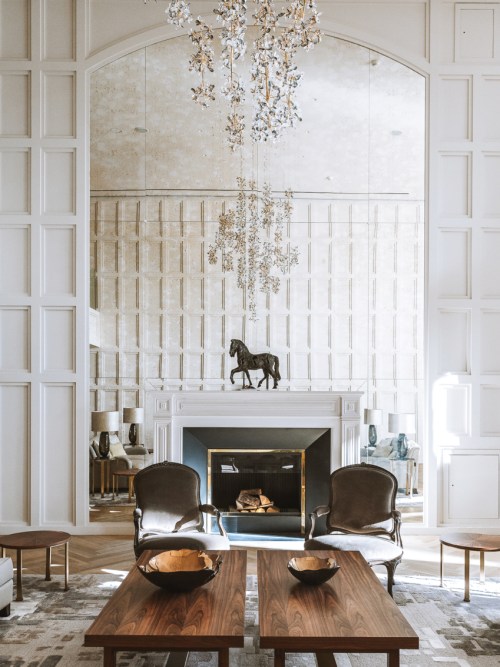
I return to Champagne as often as I possibly can between family and work commitments – at least twice a year. It has also been important in earning my “rite of passage” with the Champenoise, who are some of the most hospitable people, and many of whom I now call dear friends. With them I have experienced the real story of Champagne, which has become my professional mantra, and always comes back to community and friendship.
In summer, you can generally find me at a friend’s backyard barbecue in Reims over multiple bottles of something I’ve never tried before. During harvest, I’ll be eating a lunch thoughtfully prepared by local women who delight in feeding the pickers food from their grandmothers’ recipes. But more often, you can find me at the greatest Maisons and finest domaines enjoying intimate visits and gastronomic affairs.
It’s an immense privilege to have access to otherwise inaccessible people within an industry that has remained relatively closed to the public. This role I take seriously and feel an enormous sense of responsibility to communicate back to thirsty audiences in Australia through education, writings and beautiful dinners. It also inspired me to start VINE & BUBBLE in 2018, a boutique information source and provider of experiences dedicated exclusively to Champagne.
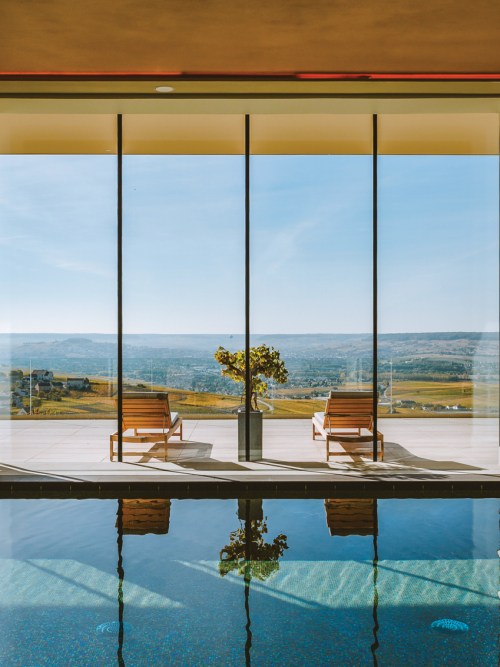
What I want to convey, more than anything to Champagne lovers, is that it’s possible to live our best Champagne life, every day. That may sound pretentious, but I say it with sincerity and pragmatism. Because Champagne isn’t just for special occasions – and how tragic if we only waited until then! I find more luxury when enjoying Champagne in the simplicity of every day, which reminds me of one of my favourite quotes; “I like to enjoy Champagne on a special occasion. Sometimes that special occasion is that I have a bottle of Champagne in my fridge”.
It’s true – I never hesitate to open a bottle on a Tuesday night, just because. It’s about making the ordinary seem extraordinary.
Sara’s top luxury Champagne recommendations
Taittinger Comtes de Champagne 2012 RRP $450
The delicate and bracing beauty of Comtes de Champagne is never more apparent than in an excellent vintage like 2012. Energy, purity and tension defines its reductive slant. The nose is pronounced with sweet floral overtones, menthol, grass and orchard fruits. And the palate, delicate and finely chiselled with chalk. A magnificent Champagne of tremendous grace with better things to come.
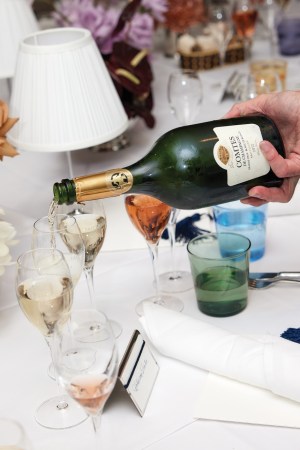
Louis Roederer Cristal Rosé 2013 RRP $995
Louis Roederer’s ethereal Cristal Brut, in its rosé incarnation, is a rare treat offering a plusher texture and deeper concentration, all within the finely chiselled framework of grand cru chalk terroir. Some may scoff at the price but to experience it explains everything. This is a Champagne unlike any other – a paradigm of liveliness and delicacy with tautness and power, heightening the merits of the vintage. The nose declares superior fruit origins with the kind of energy that comes from intensity and freshness. Think quince membrillo, wild strawberries, cherry ripe and raw almonds. On the palate, malic tension sharpens its saline attack, evolving into berry deliciousness with a lemon squash zing. It’s all at once engaging with enthralling energy around a backbone of chalk, finishing with trademark length and enduring freshness.
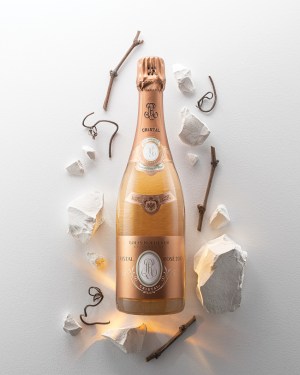
Charles Heidsieck Blanc des Millénaires 2007 RRP $450
Charles’s acclaimed Blanc des Millénaires has earned cult status amongst those lucky enough to have tried it. It’s very mineral and pure, playing more to the soil than sunshine, but finding its balance here too. Only chardonnay taken from five grand crus in the Côte des Blancs is used in this effortlessly weightless and smoothly textured Champagne of euphoric wonder. Twelve years of ageing in Charles’s heritage-listed crayères has produced a Champagne with a velvety texture and creamy richness – without being yeasty – aromatically reminiscent of its chalky origins and astonishingly fresh.

Rare Millésime 2008 RRP $450
I attended the launch of Rare Millésime 2013 recently in Paris which was extraordinary. In Australia, we won’t see this vintage for a number of months but the 2008 current release heralds from one of the best years in two decades. This Champagne always delivers on expectations and consistently delicious on release based on 70 per cent chardonnay and 30 percent pinot noir. It has a multi-layered complexity, golden fruit character, mineral backbone, citrus freshness and with a silky mouthfeel. A real wine!
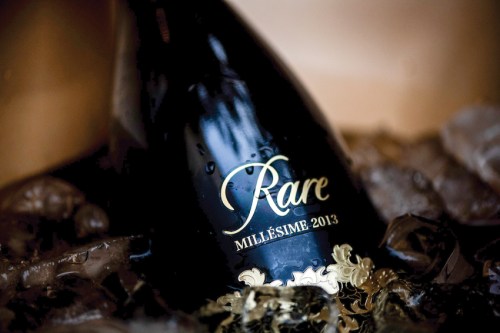
Bollinger R.D. 2008 RRP $550
Bollinger’s latest release R.D. (which represents an older vintage, recently disgorged, and dosed as an extra brut) is always vivacious. The nose leads with cinnamon bun, dried pear and toast. On the palate there’s a stunning liveliness which, when coupled with Bollinger’s intensity, structure and power, makes for a particularly bold wine. It comes from a fresh attack, loads of tension, and an energetic saltiness. The weight shifts to favour pinot noir toward the mid-back palate and leaves a phenolic impression under a long, dry finish. Delicious and with a long way to go.
This article first appeared in the September 2023 issue of SALIFE magazine.



